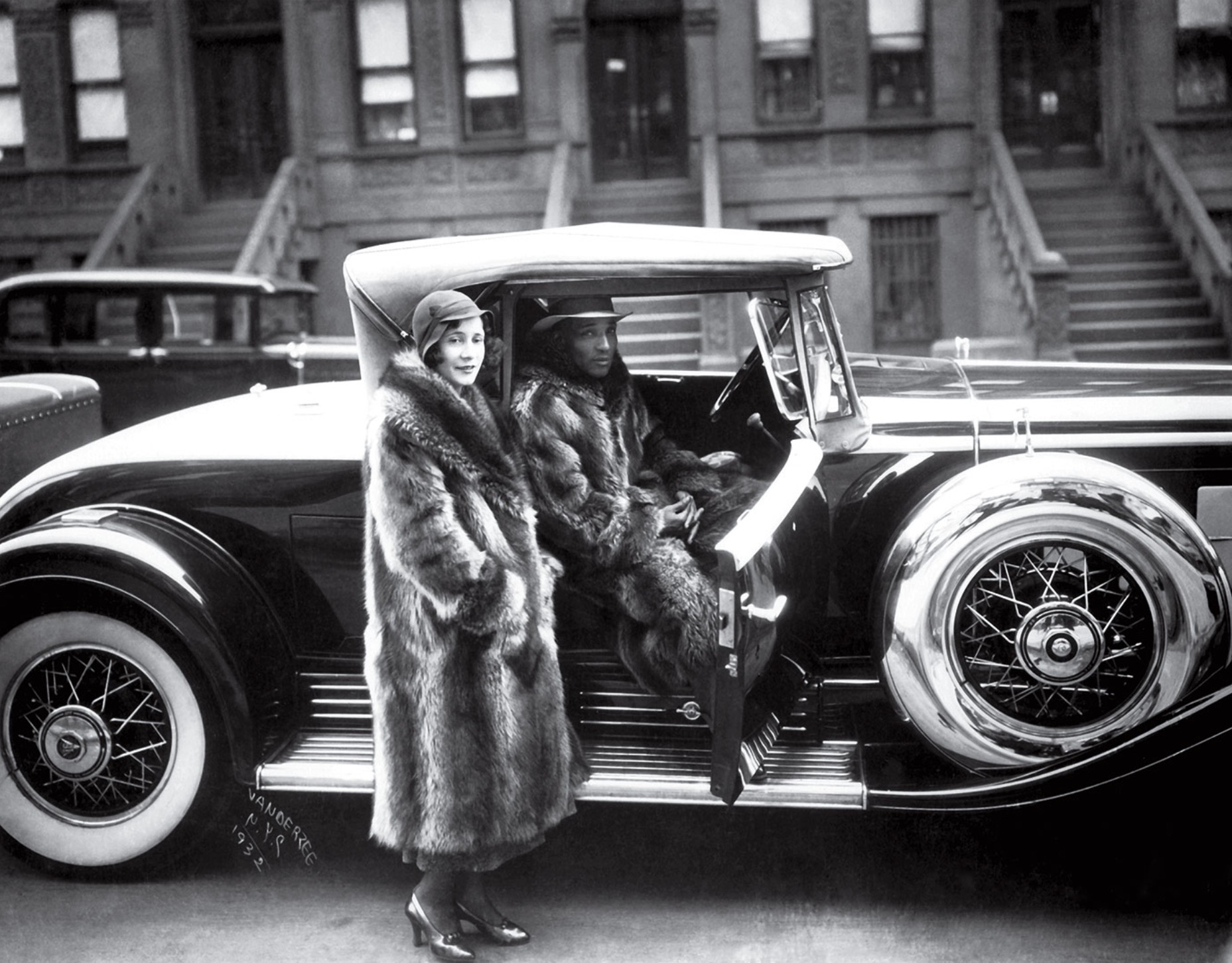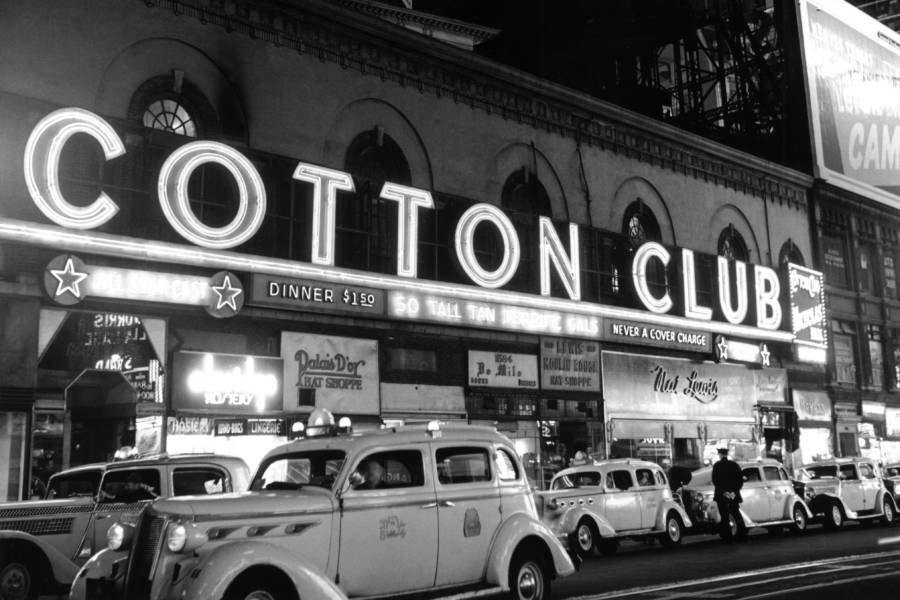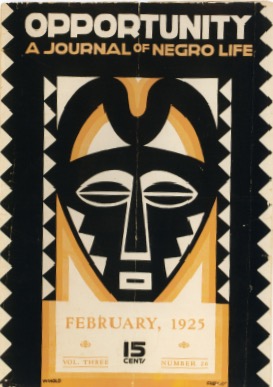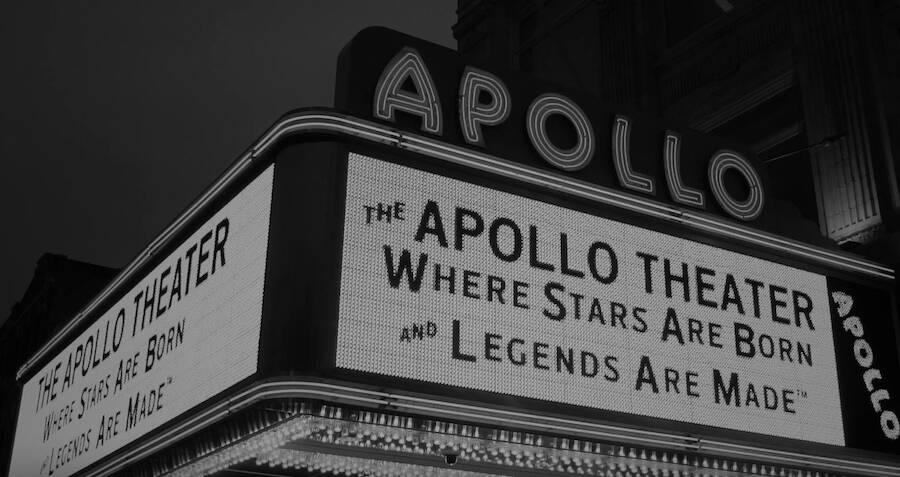The Harlem Renaissance
Originally called the New Negro Movement by Alain Locke’s popular book The New Negro, which emphasized black self-determination and pride, the Harlem Renaissance was an explosion of black culture and identity in theater, music, literature, and art. The official starting date of the Harlem Renaissance was 1925, but change seemed to start in Harlem as early as 1919, when soldiers returned home from WWI. Blacks began to develop a more socially-determined mindset.
Though the Harlem Renaissance began in Harlem, many African-American artists, held back by crippling racism in America, traveled abroad, making names for themselves overseas in countries like France. Due to the lack of bigotry and discrimination in Europe, the artists would often return more confident and prepared to create opportunities for second-generation artists in the states.




